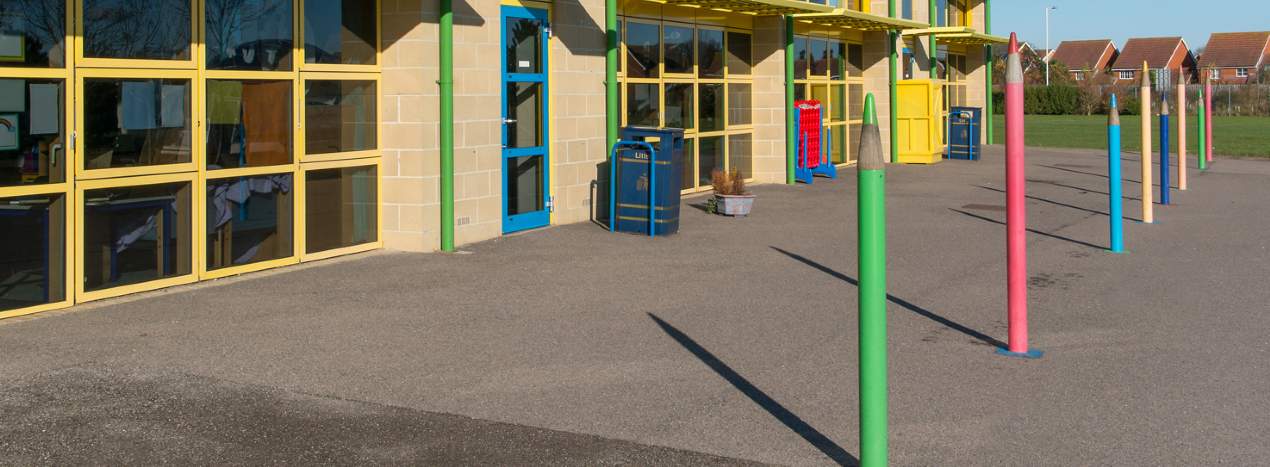It goes without saying that the Department for Education (DfE) is committed to ensuring there are enough good quality school places to meet the needs of new development. This is balanced against a wider agenda to increase housing delivery within sustainable developments.
With this aim in mind, the DfE has published updated guidance on securing education provision, and calculating how many new school places will be needed by those families moving into new housing, also known as the ‘pupil yield’. This is to support local education authorities and to encourage a consistent approach, either through creating new schools within development or expanding existing local schools with developer funding.
Here is a summary of some of the key updates within the new guidance, and what this might mean for developers:
Pupil yield research
Perhaps the most significant update is the inclusion of new research into the pupil yield from housing, which has been created in partnership with the ONS. The results of this research have been published down to district level within an online dashboard. For developers, this will provide valuable insight and evidence to help establish the need arising from new housing, informing early masterplanning through to negotiations on S106 contributions. Including the impact of housing size and tenure in the research results is particularly noteworthy, as this has sometimes previously been open to interpretation.
Freehold transfer of land
For the first time, the DfE has included explicit reference to land for schools being handed over on a freehold basis which provides clarity for developers and local authorities on the basis on which land should be provided:
“ensuring that education land required to serve the development is provided (freehold) at the appropriate time and at no cost to the local authority”
It is also reiterated that the valuation of school sites should be substantially lower than residential land, which is a consideration where the cost of land is shared between development sites where new schools will be serving more than one development area.
Flexibility in delivery
The new edition of the guidance urges increased flexibility in the wording of S106 agreements. While the previous edition recommended allowing for the identification of a “preferred and ‘contingency’ school expansion” this has now been extended to include “all schools in the pupil planning area”. This may be in response to the difficulty that some LAs have had in meeting the demands of overly prescriptive S106 agreements in the past.
Meeting the need for nursery provision
With reference to the increased entitlement for funded childcare from September 2024 agreed in the March 2023 budget, the guidance now states that all new primary schools are expected to include a nursery. Local authorities are encouraged to secure developer contributions to help meet the increasing demand for early years provision for 0-4 year olds. This may lead to a change in the structure of financial requests from developers, with additional early years funding and primary school sites including space for nursery provision.
Meeting the needs of children and young people with special educational needs and disabilities (SEND)
Following on from the release of the Special Educational Needs and Disabilities (SEND) and Alternative Provision (AP) Improvement Plan in March 2023, the guidance recommends that contributions are sought for children requiring SEND provision. In addition, the SEND pupil yield is included within the pupil yield dashboard which may mean that developers see increased evidence-based requests for contributions towards SEND.
It is important to note that this is a non-statutory guidance document, setting out best practice rather than policy. Nevertheless, it is likely that local authorities, planning authorities and other stakeholders included in the delivery of education infrastructure will be carefully considering what this new guidance means for them and how this impacts on requests for developer contributions.
Further information
Contact Kate Moodey

.jpg)
.jpg)
.jpg)
-act-promoting-sustainable-travel-to-school.jpg)

.jpg)
